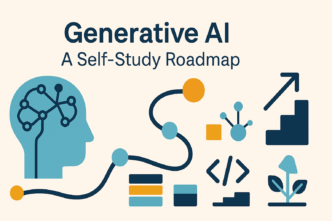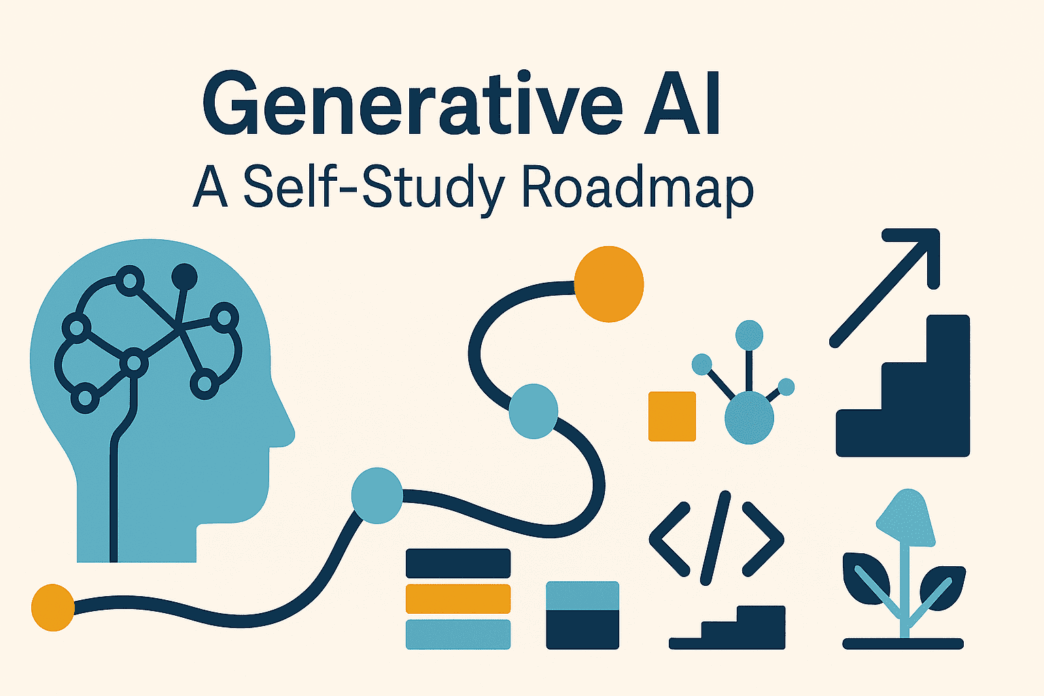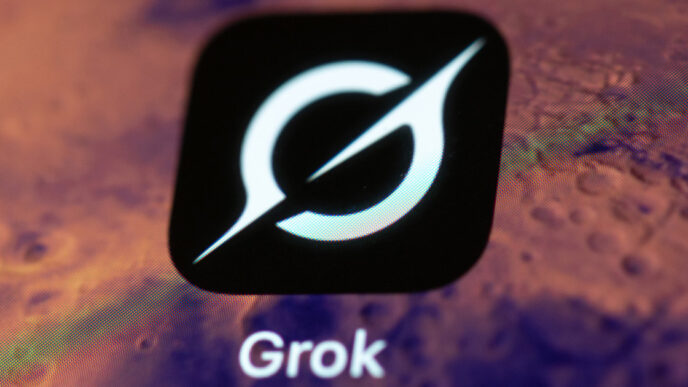Generative AI: A Self-Study Roadmap offers a clear, hands-on path for developers diving into generative AI engineering.
The guide breaks down what makes generative AI unique: it creates content—text, images, code—instead of just classifying or predicting. Foundation models like GPT-4, Claude, and Gemini are central. They handle language, code, and even multimodal inputs.
You don’t need to build models from scratch. Instead, use APIs to tap into pre-trained foundation models. That means focusing on prompt engineering, cost optimization, and quality testing.
The roadmap stresses key skills: Python programming, machine learning basics, and understanding probabilistic outputs. Prompt engineering is crucial—design clear, iterative prompts using advanced tricks like chain-of-thought and few-shot learning.
Retrieval-Augmented Generation (RAG) systems solve the knowledge cutoff problem by mixing foundation models with external data via vector databases like Pinecone, Chroma, Weaviate, or FAISS.
Frameworks like LangChain and LangGraph simplify building complex AI workflows, including multi-step and multimodal processes. Hugging Face offers open-source tools, models, and deployment options.
Production-ready AI means streaming API responses, managing asynchronous calls, caching, and validating non-deterministic outputs. Safety layers prevent harmful content and monitor misuse.
The roadmap includes projects: a custom knowledge chatbot, a content generation pipeline, and a multimodal AI assistant. Each builds skills in vector search, prompt design, and UI integration. Documentation and deployment are part of the learning process.
Advanced options cover fine-tuning techniques like LoRA and QLoRA, enabling domain-specific customization without full retraining. Code generation and multimodal content creation are next-level applications.
Ethical concerns get attention: hallucination detection, bias reduction, transparency, and human oversight. Developers must design systems that flag false info and handle bias carefully.
For staying sharp, follow top AI labs, join communities, and use free and paid resources like Hugging Face’s course, OpenAI Cookbook, and Coursera’s generative AI class.
The guide calls for persistent hands-on practice and regular testing of new models. The goal: faster, smarter AI apps that create, assist, and enhance real-world tasks.
Born in India and raised in Japan, author Vinod aims to make AI learning accessible and practical for working pros—with live mentoring and sessions across data, agentic AI, and system performance.
Image by Author | ChatGPT
Free Resources to Start:
Paid Resources to Deepen Skills:














